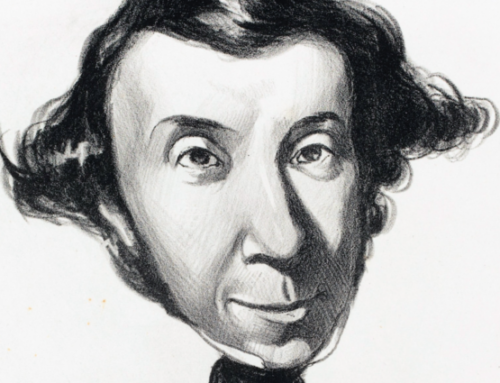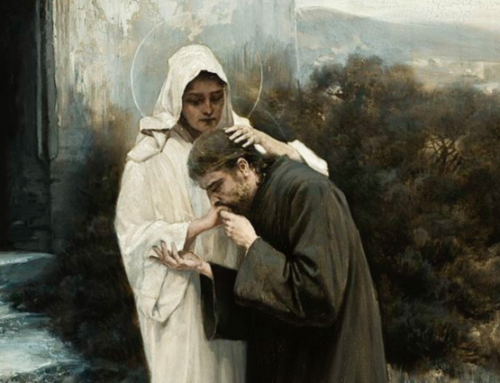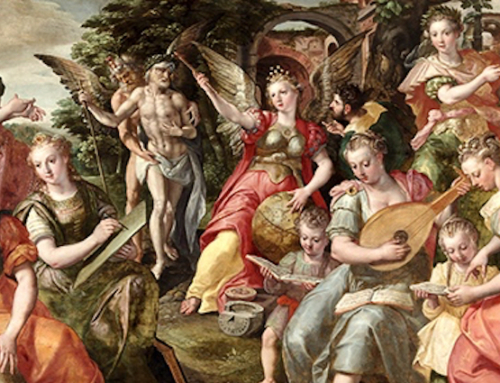Canonicity of the New Testament. The English word “Gospel” was first coined in 950AD in Lindesfarne, by an Anglo-Saxon monk/priest. It means “God’s spell” or “God’s story.” It is a translation of the Greek word euangelion.
 Dates of the various books of the New Testament:
Dates of the various books of the New Testament:
Date Writing Author
51-52 1 and 2 Thess. Paul
50-55 Gospel Matthew
50-60 James James
54 Galatians Paul
Spring 57 1 Corin Paul
57-58 2 Corin Paul
57-58 Romans Paul
60 Gospel Mark
62 Philippians Paul
62 Col., Philem., Eph Paul
62 Gospel Luke
64 1 and 2 Peter Peter
65 1 Tim and Titus Paul
65 Hebrews Unknown
66 2 Timothy Paul
70 Jude Jude
85-95 Rev. John
95-100 1,2,3, John John
98-100 Gospel John
A few considerations:
- A New Testament writing was only considered canonical by the early church if it was written by an apostle—one who knew Jesus directly and personally before the crucifixion. St. Paul and St. Luke are the obvious exceptions to this. As Cyril C. Richardson of Union Theological Seminary has written: prior to 150AD, “Christian preaching was founded on the Old Testament and on the living tradition of Jesus, passed from mouth to mouth. This feeling for personal witness was very strong in the Early Church.”
- Each of the New Testament writings was originally written in Greek, except for St. Matthew’s Gospel, which was most likely written in Aramaic.
- The reading of the New Testament (or some semblance of it) became a standard, orthodox part of the mass/service only around 150AD. Prior to that date, most services only looked to the Septuagint (Greek Old Testament) as orthodox. A large part of accepting the New Testament came as a reaction to the developing heresies. The most dangerous in the second century of Christianity was Marcionism, which accepted only “The Gospel and the Apostle,” meaning a part of the Gospel of Luke and parts of ten of Paul’s letters, with any reference to the Old Testament edited out.
- There were numerous copies and variations of each letter/Gospel floating around the Christian world in the first several centuries of the Church.
- There were considerable disputes between the western and the eastern churches over: Hebrews, because the author is unknown; and The Apocalypse/Revelation of St. John, because it was often considered simple poetry and mythopoeic art.
- Other letters proved problematic as well: James, 2nd and 3rd John, and Jude.
- There were hundreds of competitors for a place in the New Testament. Some were nearly legitimate: The Proto-Gospel of James (which deals with Anne and Mary) and Clement’s First and Second letters (which were regarded as canonical in North Africa (Alexandria, Egypt, especially by Clement of Alexandria) and in Syria for almost two centuries. Clement’s letters remained in the N.T. codices for the Syriac and Coptic Churches for several centuries. The first letter of Clement was written in 96AD; the author was, most likely, the third bishop of Rome. The other nearly canonical letter was the letter called The Didache (“The teaching of the Twelve Apostles”). The Didache was re-discovered in 1873, and scholars concluded that it was either written at the end of the first century or the middle of the second century. It was, like Clement’s letters, regarded highly in the Syriac and Egyptian churches. Eusebius, for example, considered it canonical. Most of the competing N.T. letters, though, were Gnostic and heretical.
- No ecumenical council ever ratified the canon of scripture. It is a matter—entirely—of tradition and acceptance up through the middle of the sixteenth century. During the Counter-Reformation, the Roman Catholic Church ratified its canon at the Council of Trent (1545-1563). The Roman Catholic Second Vatican Council (1962-65) re-affirmed this.
- Several regional councils in the early fifth century attempted to ratify a canon for the New as well as the Old Testaments: at Hippo and Carthage in North Africa. The eastern churches refused to join in the discussions (because of disputes over Hebrews and Revelations).
- The West, though, through tradition, had mostly accepted the New Testament—as it is now—by the end of the third century and clearly accepted it by the end of the fourth century. The East did not accept a New Testament canon until the end of the seventh century.
- St. Jerome’s Latin Vulgate appeared in 405, after twenty-five years of translation. At first he included what would be known as the Apocrypha/Deuterocanonical Scriptures, but he later rejected the books within it as non-canonical.
- The Old Testament Apocrypha/Deuterocanonical texts includes: Tobit; Judith; additions to the book of Esther; The Book of Wisdom; Ecclesiasticus; Baruch; Letter of Jeremiah; additional chapter to the Book of Daniel; and 1 and 2 Maccabees. The Orthodox consider even more letters to be canonical.
Sources:
- The New International Version Study Bible (Zondervan)
- The Navarre Bible, Gospels And Acts (Scepter, 2002)
- Warren Carroll, The Building of Christendom (Christendom, 1987)
- Cyril C. Richardson, ed., Early Christian Fathers (Touchstone, 1996)
- The New Catholic Encyclopedia (1908-1914; www.newadvent.org)
The Imaginative Conservative applies the principle of appreciation to the discussion of culture and politics—we approach dialogue with magnanimity rather than with mere civility. Will you help us remain a refreshing oasis in the increasingly contentious arena of modern discourse? Please consider donating now.
The featured image is “Woman at the Well,” by Carl Heinrich Bloch, courtesy of Wikimedia Commons.







A very welcome entry
I wonder when the title, ‘Hebrews’ was attached to that epistle? always?
Those are the original dating. Excellent. I prefer those than the modern scholars dating.
But I thought the New Testament cannon was approved at the Council of Rome in 382.